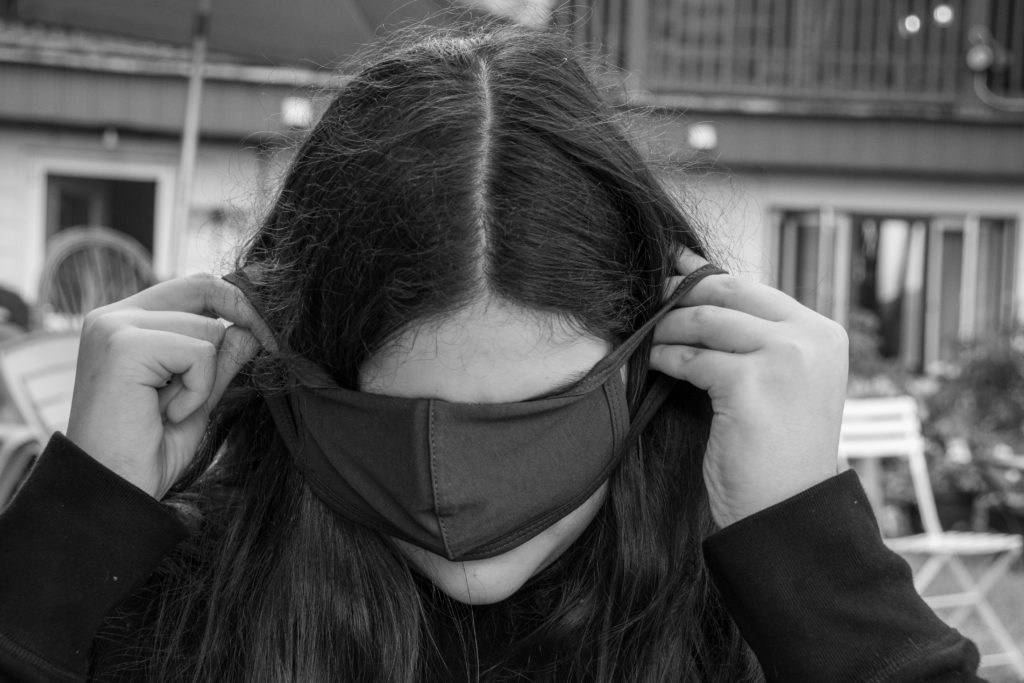Collective Work
On Inaugurating and Sustaining the Work of a Post Secondary Institution Pedagogist: Collectivity, In-Betweens, and Having a ‘Why’ – an interview with Bo Sun Kim


On Inaugurating and Sustaining the Work of a Post Secondary Institution Pedagogist: Collectivity, In-Betweens, and Having a ‘Why’ – an interview with Bo Sun Kim
Magazine, Pedagogists Discussions Issue 3, Uncategorized
June 2021
Journaling as a Choreographic Practice


Journaling as a Choreographic Practice
Magazine, Pedagogists Discussions Issue 3, Uncategorized
June 2021
Recollecting Practices of Attending and Creating Exposures: Conversations, Estrangements, Movements, Affected Intentions, and Risks


Recollecting Practices of Attending and Creating Exposures: Conversations, Estrangements, Movements, Affected Intentions, and Risks
Essay Issue 3, Magazine, Uncategorized
June 2021
